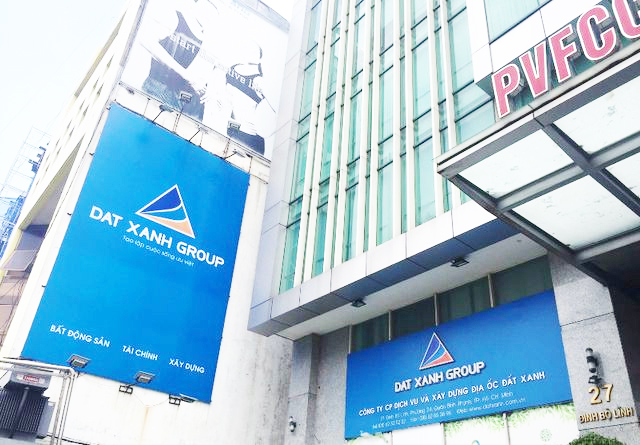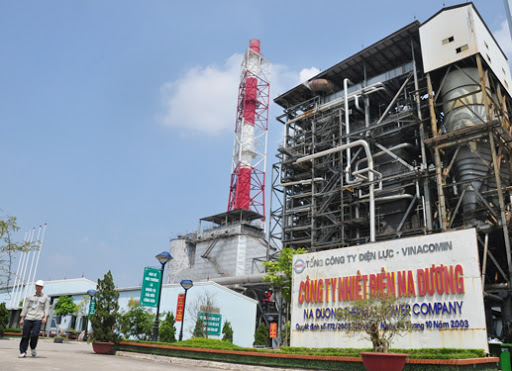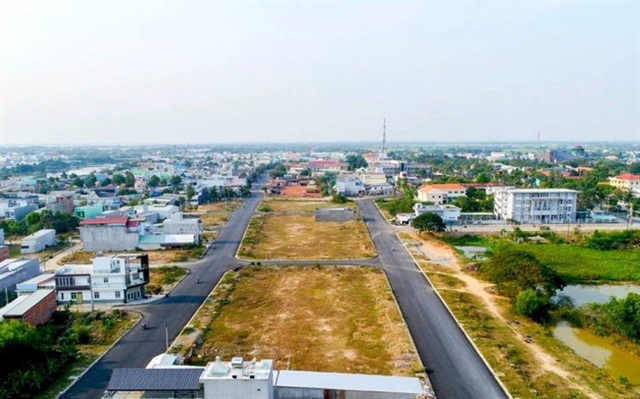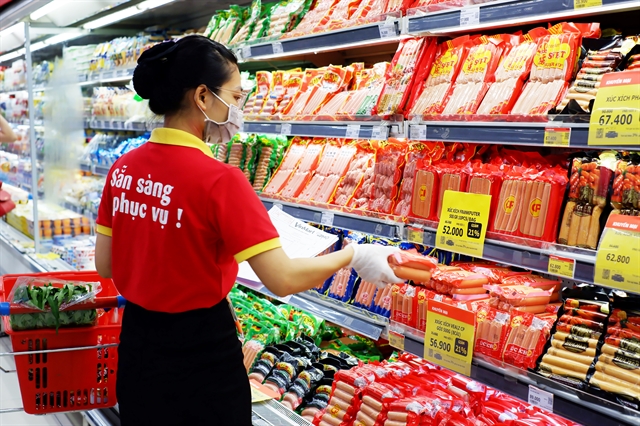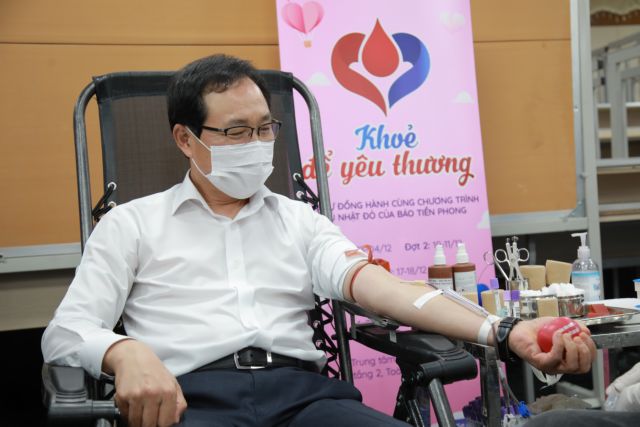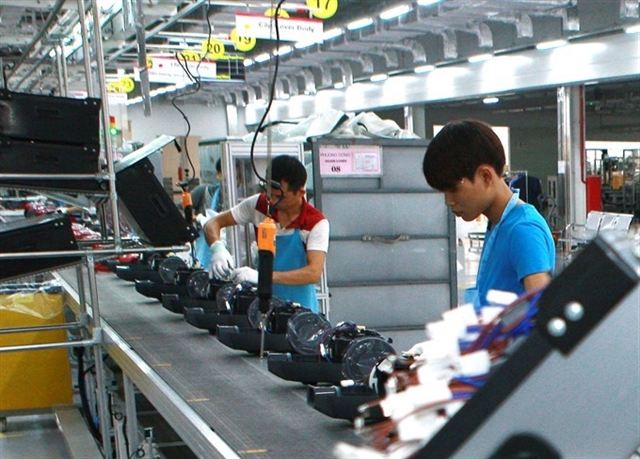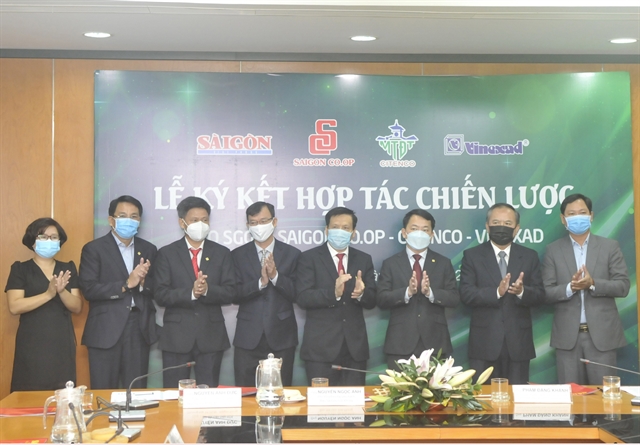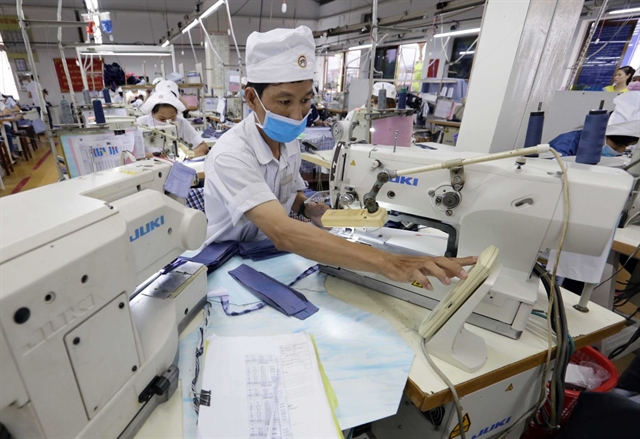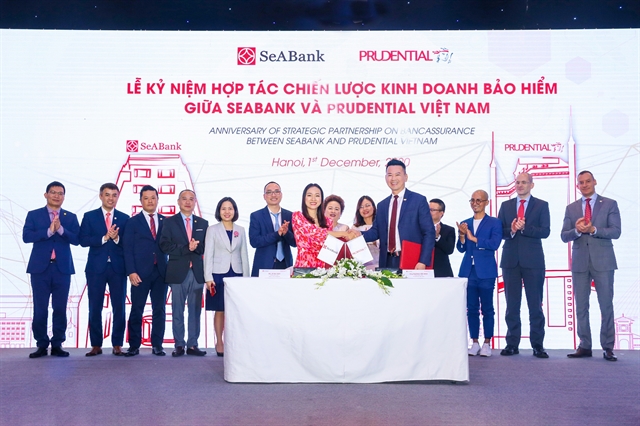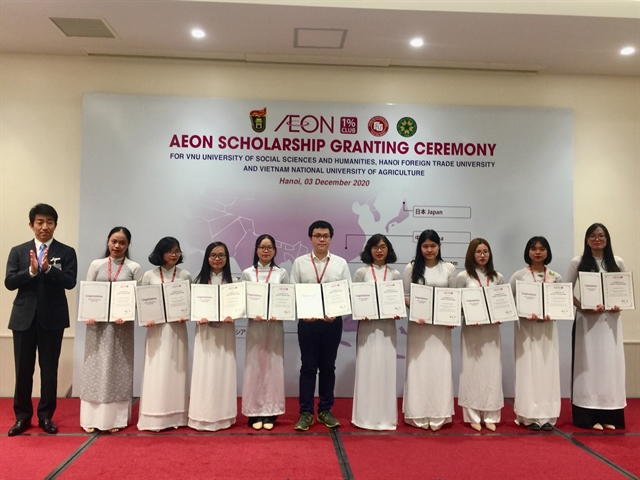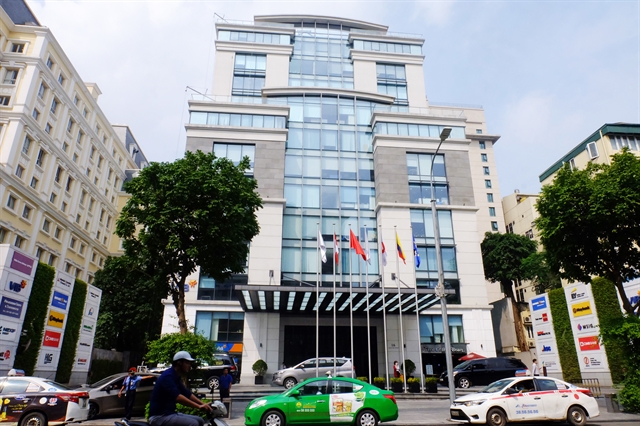
HÀ NỘI — Foreign investors have shown increasing interest in grade A offices in Hà Nội, according to Savills Việt Nam.
Hà Nội is one of the two most dynamic office markets in Việt Nam and high demand and limited vacant space are pushing rents up. The latest Savills research found demand has remained stable throughout the pandemic while most other real estate segments saw significant declines.
In the first three quarters of this year, Hà Nội's GRDP increased by 3.3 per cent year-on-year, while national GDP increase 2.1 per cent. The Asia Development Bank forecasts Việt Nam GDP will increase by 1.8 per cent this year, while other Southeast Asian countries are set to decline. With a 6.3 per cent growth forecast for 2021, Việt Nam will lead Southeast Asia.
Free trade agreements (FTAs) will positively affect market performance because of tariff commitments, high competitiveness, strong foreign direct investment (FDI) and economic growth. Continuing US-China trade tensions will see more multinationals mulling manufacturing shifts to Việt Nam.
Overseas tenants, particularly FDI enterprises, are interested in quality office space. Hoàng Nguyệt Minh, Savills Vietnam Associate Director of Investment, said: “There are core factors that make Hà Nội offices one of the most attractive segments for overseas investors looking for a position in Vietnamese real estate.”
First is increasing FDI inflows correlating with rising office space demand. Overseas investors are experienced in developing international standard office buildings that meet foreign tenant requirements. This also improves occupancy levels when developments come into operation. Compared to other asset classes, office with three to five-year tenancy agreements allow steady investor cash flow. Adding further appeal is occupancy rates staying high in major Vietnamese cities with Hà Nội at about 90 per cent for the past five years.
Second is profit from office buildings. Gross operating profit (GOP) is up to 30 per cent for five-star hotels and up to 50 per cent for three- and four-star hotels, while the figure for office buildings in Hà Nội can hit 80 per cent.
This means Hà Nội is winning growing investor attention from Singapore, Japan, and South Korea, according to Minh. Rents for Hà Nội offices are lower than HCM City. In the central business districts (CBD), grade A office rent in HCM City is up to US$60 per sq.m, against $43 per sq.m in Hà Nội.
The expectation is that the Hà Nội office segment will achieve parity fairly soon. Occupancy has remained stable overall and effective containment of COVID-19 has reassured investors while adding further appeal to Việt Nam as an operational base.
Matthew Powell, Director of Savills Hanoi, said: “Compared to other cities in the region that have seen sharp occupancy drops, Hà Nội has remained an attractive and stable market. In ASEAN, Hà Nội office occupancy of 94 per cent eased just -1 per cent year-on-year to be just behind Singapore and HCM City. This shows the potential for strong post-pandemic recovery.”
In Hà Nội by 2022, approximately 192,000sq.m from 17 projects will enter with most grade A supply entering in inner areas. Notable projects include Century Tower in the fourth quarter of this year, Vinfast Tower and BRG Grand Plaza in 2021, and Lotte Mall Hanoi in 2022.
Recently some apartment building podiums have been switching use to office space. This alongside extensive future supply may pressure average occupancy and rents for the next two years, according to Savills Việt Nam.
Looking longer-term, office developers will look to improve health, safety, and operational standards. Effective management and more sustainable or green design are two areas which will help investors achieve greater success. — VNS
